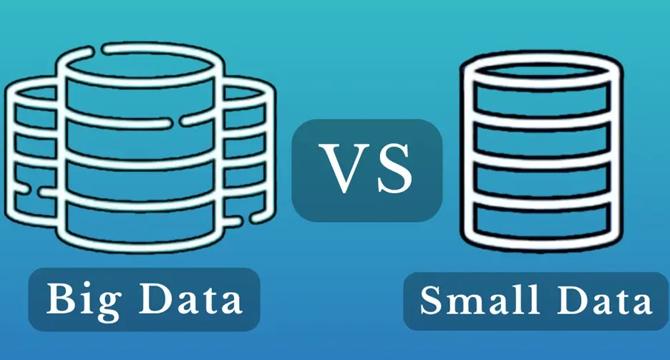Scientificworldinfo
7d
24

Image Credit: Scientificworldinfo
Big Data vs. Small Data: What’s the Difference? Explained
- Big Data refers to datasets that are so large, complex, or fast-moving that traditional data management tools cannot process them efficiently. Distributed Computing, Data Warehousing and Storage Solutions, Machine Learning, Artificial Intelligence, and Data Integration Tools are key technologies for Big Data.
- Small Data refers to datasets that are manageable in size and complexity, making them easier to analyze and interpret using traditional tools like spreadsheets and databases. Customer Feedback Surveys, Sales Data Analysis and Website Analytics are some of the examples of Small Data.
- Big Data is targeted for unlocking macro-level insights for industries like healthcare, finance, and retail, while Small Data shines in localized scenarios such as improving customer satisfaction through survey feedback.
- Big Data provides comprehensive insights, supports scalability, while Small Data is easy to use, quick for decision-making and cost-effective.
- While Big Data and Small Data differ, integrating big data and small data creates a powerful synergy, enabling businesses to align their data strategies with specific business needs, balancing the depth and breadth of insights derived.
- Emerging trends such as Edge Computing, Data Democratization, and AI-Powered Insights are set to shape this dynamic landscape, paving the way for a future where data is not just a byproduct of digital interactions but a central driver of progress.
- By mastering the balance between Big Data and Small Data, organizations can create data strategies that are both effective and efficient, staying competitive in an increasingly complex world.
Read Full Article
1 Like
For uninterrupted reading, download the app